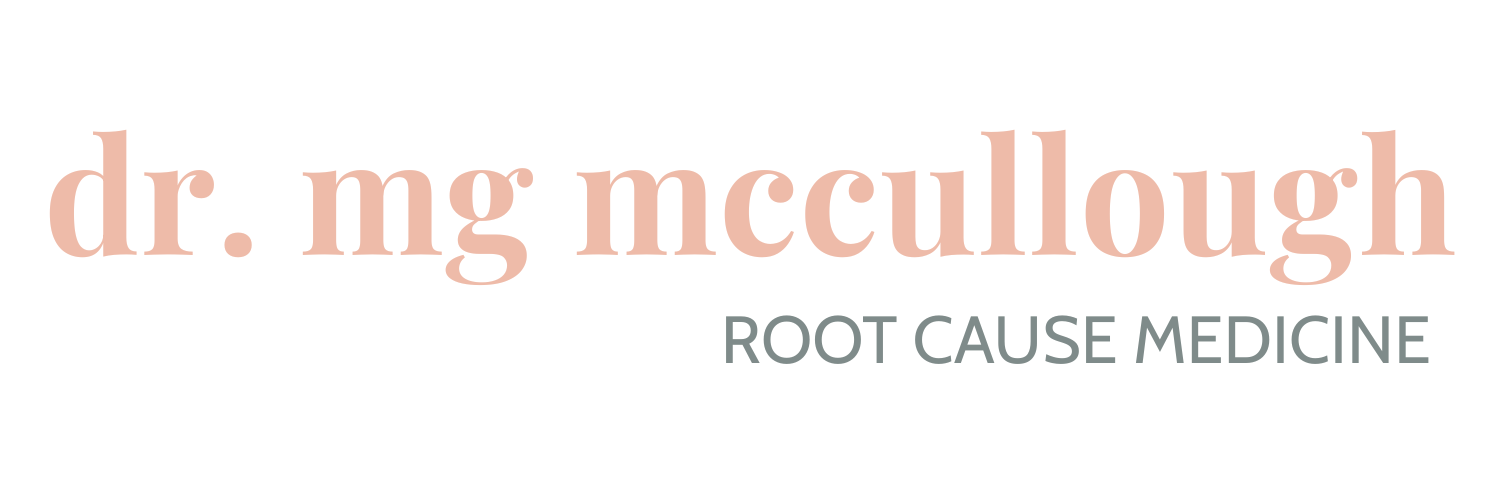get better for good
it brings me so much joy to hear people’s acupuncture success stories, but almost as often, i hear stories of people getting temporary improvement, but when they stopped going for treatment, their results didn’t hold. there can be several reasons for this, but in many cases, it’s because people were receiving modern acupuncture, which does not use all the channels of acupuncture.
modern acupuncture is like using part of a road map instead of the full thing.
when we use classical acupuncture*, which is acupuncture according to the classical texts—the stuff that has been around for thousands of years—and specifically, the complement channels, we are able to help our bodies rewind the disease creation process so that you actually heal. modern acupuncture (tcm) is a cookbook of recipes created mid century from a tiny part of the complete acupuncture system.
when i treat people, i’m not hoping for symptom management; i’m banking on true healing.
to some, this sounds like a bold statement, but to me, thanks to the incredible training i’ve been fortunate to receive from my teacher, ann cecil-sterman, it’s reality. the complement channels are the channels that go to work for us when we encounter a threat; they are literally keeping us alive by moving that threat somewhere else in the body and storing it away from the day to day functioning of our bodies. over time and/or as we get worn down, we lose the ability to continue holding that threat, and we start to get symptoms—our joints hurt, we develop anxiety, migraines, autoimmune conditions, a cough that came from nowhere, back pain. we can use these channels to help us unwind the process and either better store it or release it.
the time spent with a practitioner is a factor.
in modern day practice, the acupuncture practice model has become no different than the allopathic medical model: see as many patients as possible in as little time as possible. in the allopathic world, this has resulted in unhappy and burned out doctors and unhappy and unhealed patients. if i had wanted to practice within that model, i would have become a medical doctor.
I see one person per hour, which in addition to the acupuncture treatment itself, allows for the time to dig into the thought processes that may be contributing to the emotions we’re experiencing. we all have limiting beliefs that we’re operating on, and in many cases, we don’t even realize it. in my experience, this can be a reason that the effects of an acupuncture treatment don’t hold long term, so I see it as integral to the treatment process. diet and lifestyle education are indispensable in the healing process, and this is built in to my treatment process, as well.
in my experience, both as a patient and practitioner, allocating more time for patients results in greater healing in less time and in many cases, greater healing than is possible with other types of acupuncture or modalities.
*the reason it’s important to distinguish classical acupuncture from modern acupuncture (TCM) is that the results from classical treatments are far more commonly life changing than those from tcm. when tcm is paired with chinese herbs, it’s much more effective, but for reasons I have written about many times, tcm cannot reach the root of the problem.
